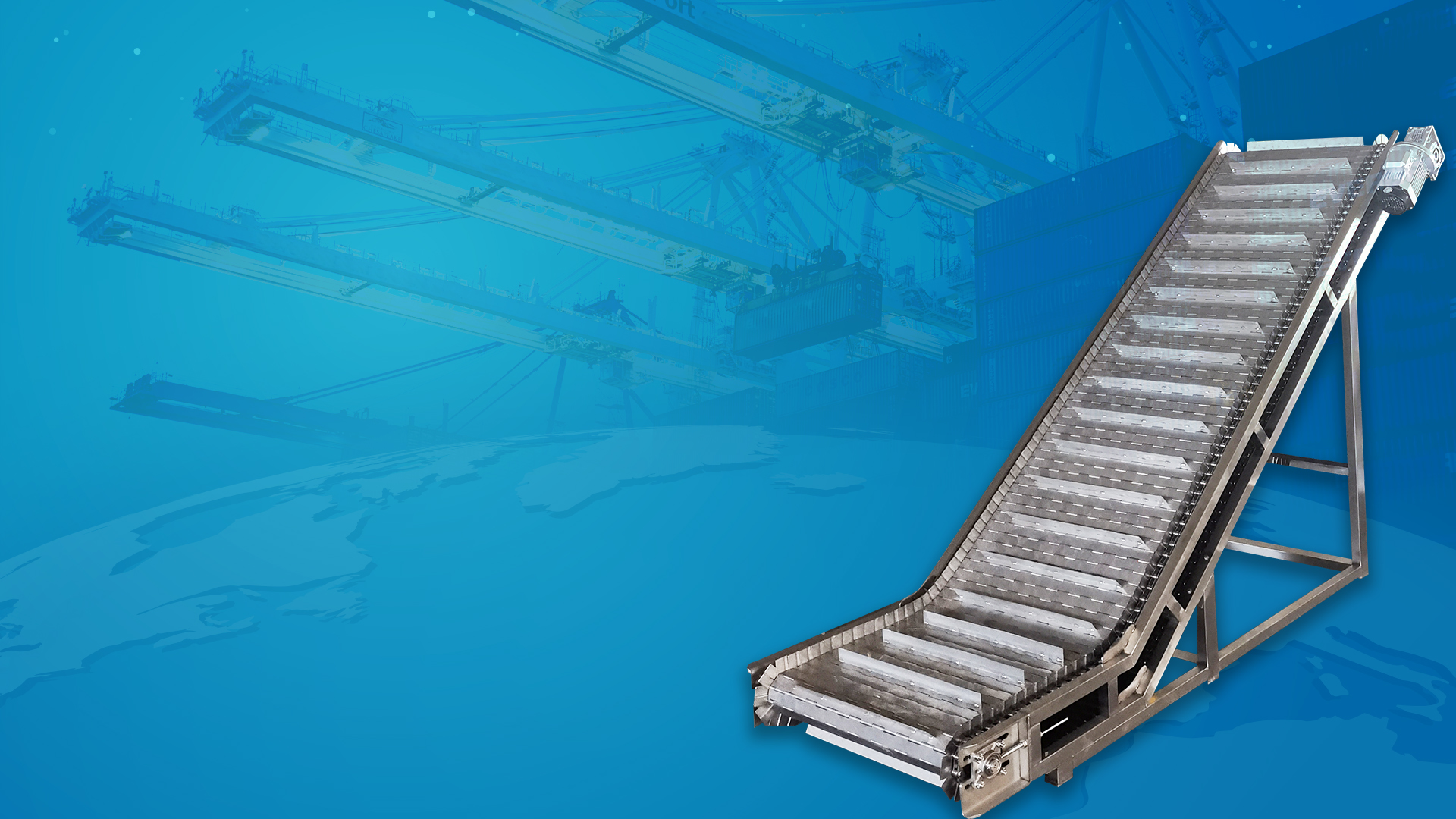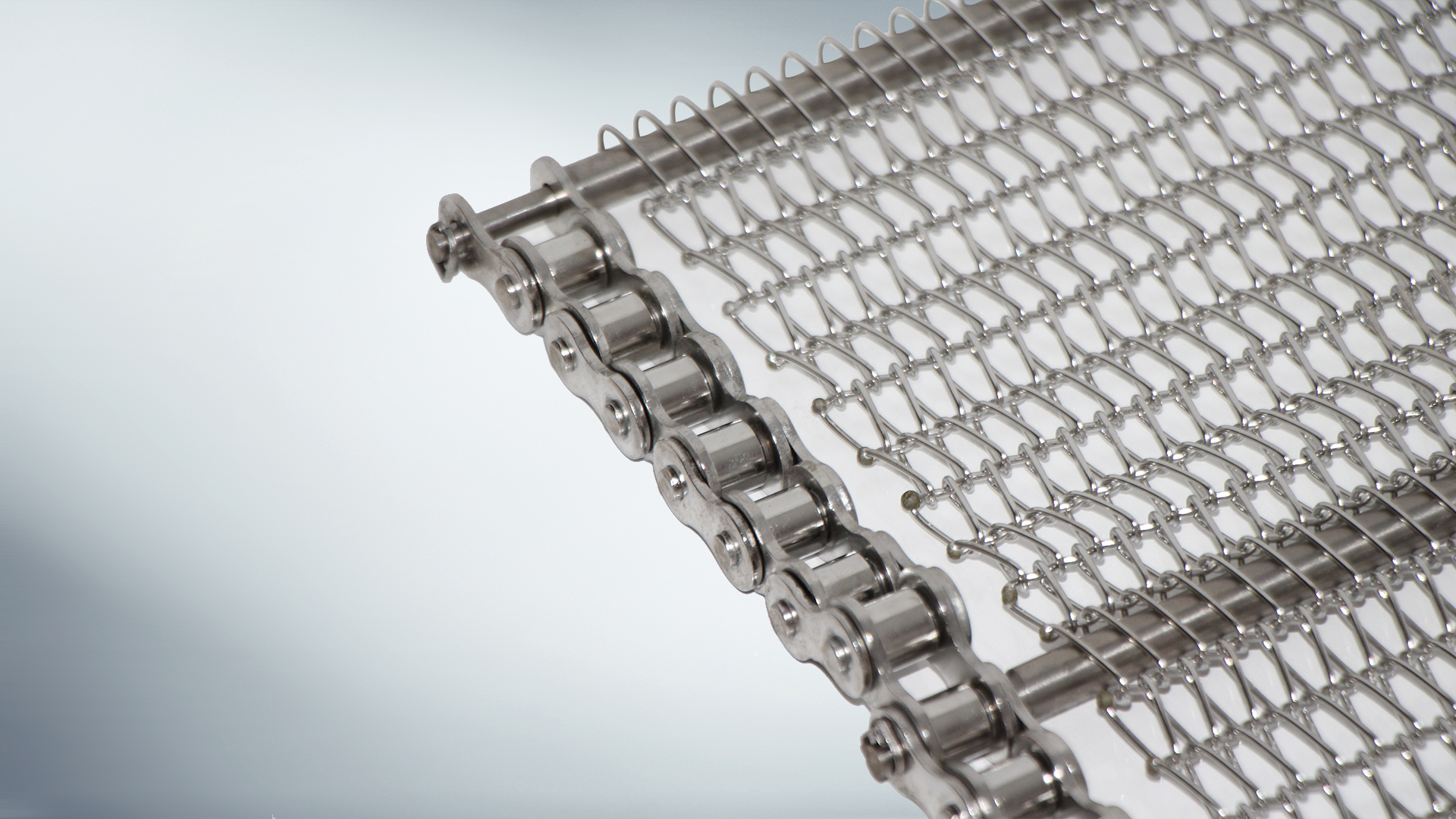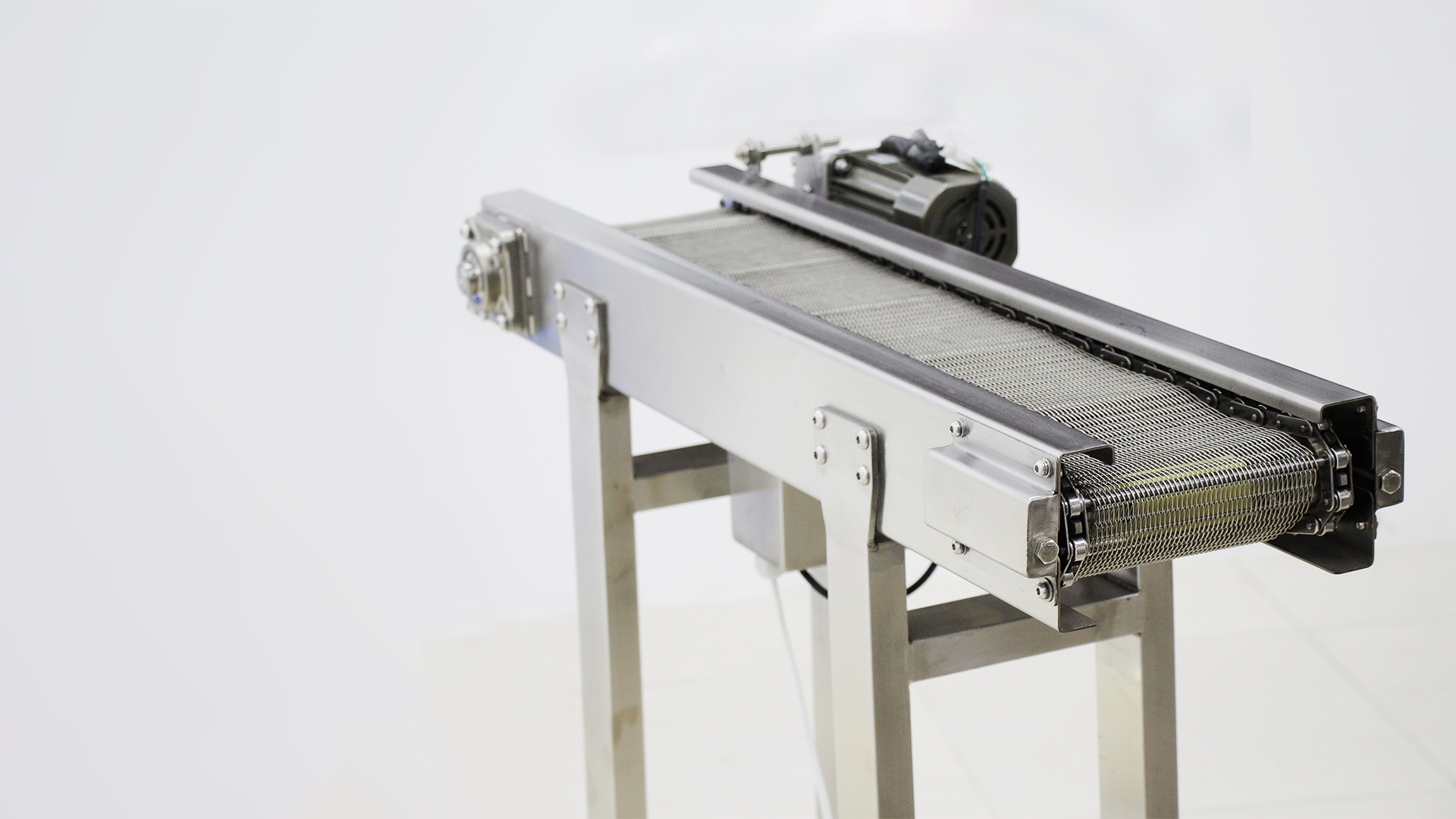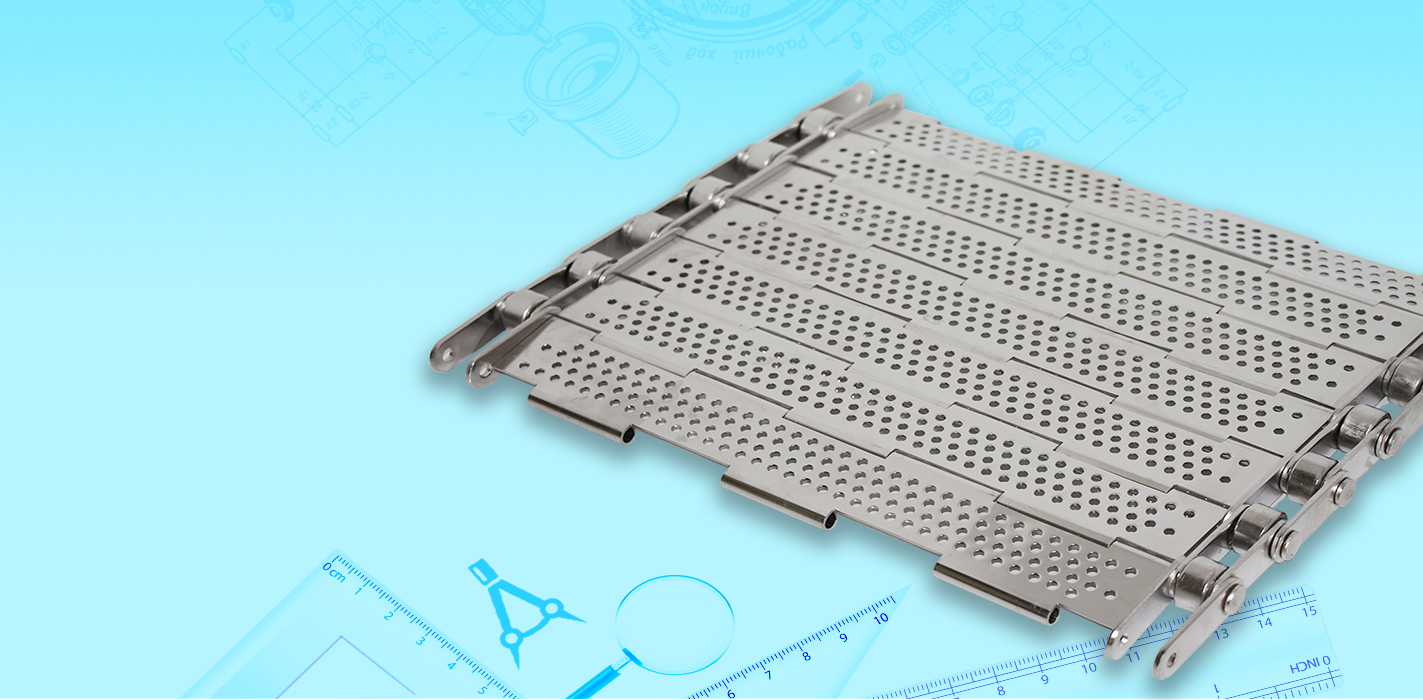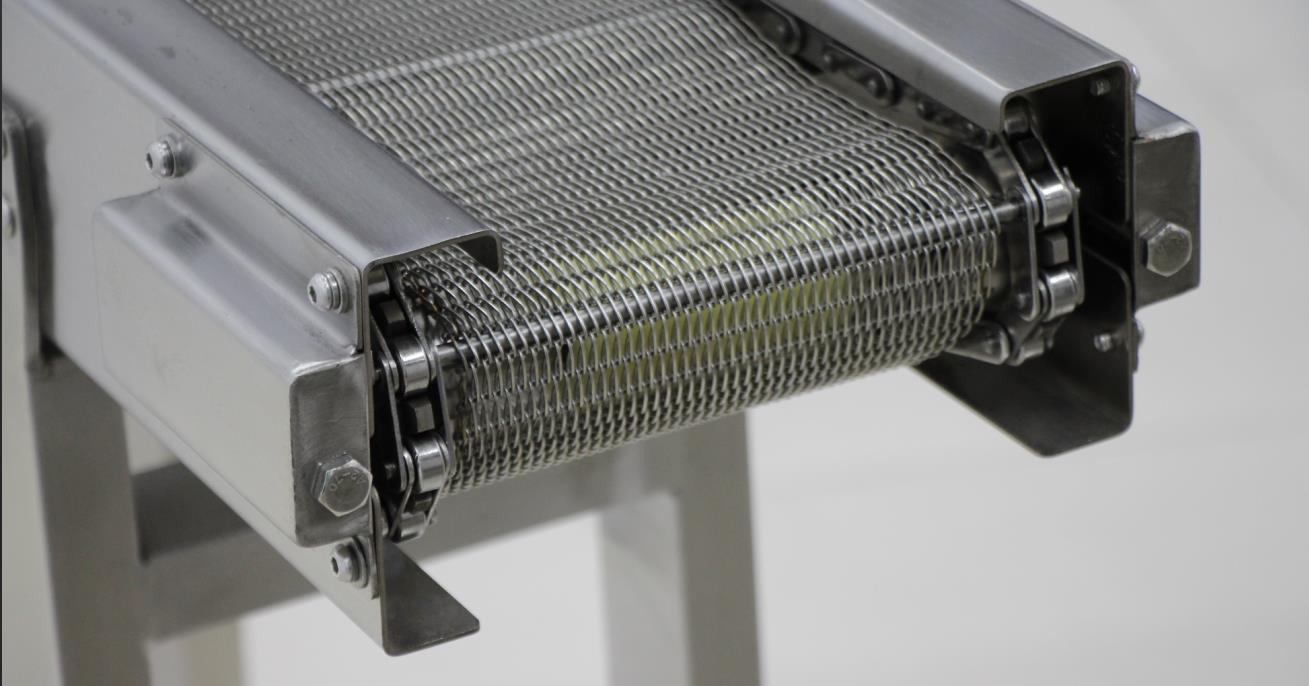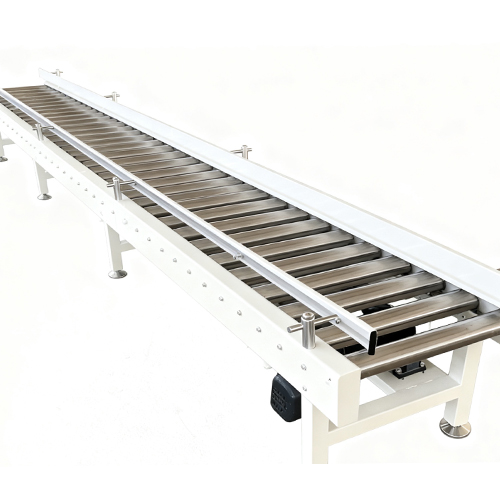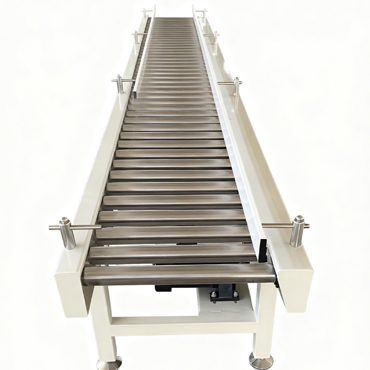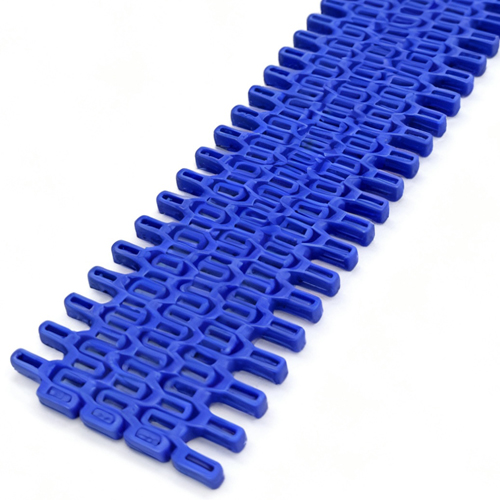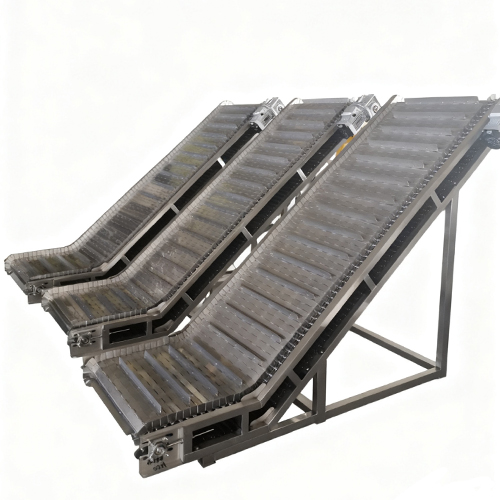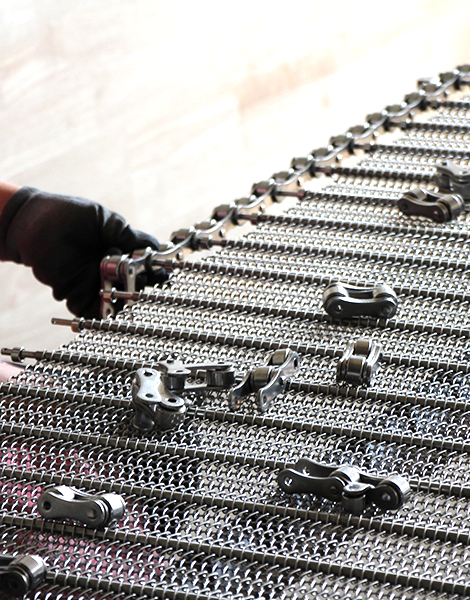One of the key features of a chain conveyor is its adjustable operating speed, which enables it to perform efficiently in various industrial production scenarios.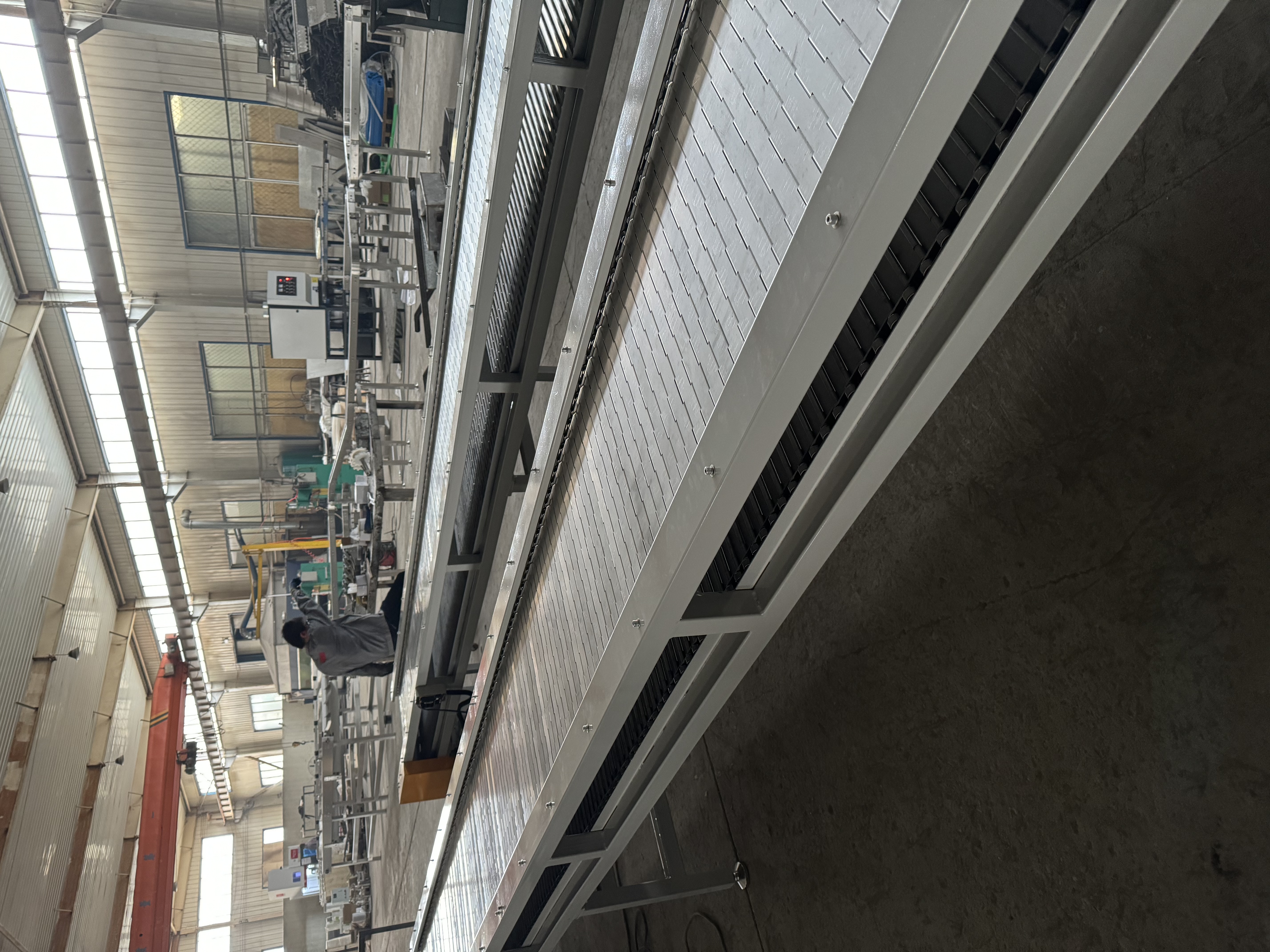
Adjusting the operating speed allows the conveyor to adapt to the conveying requirements of different materials. A higher operating speed accelerates conveying efficiency for materials with smaller particles and better flowability, saving time and energy. For larger, heavier, or fragile materials, a lower operating speed ensures smoother conveying and prevents damage caused by excessive impact during the process.
Operators can flexibly adjust the conveyor's operating speed based on specific production tasks and material characteristics. This can be achieved using dedicated speed control devices, such as variable frequency drives (VFDs). Adjusting the output frequency of the VFD precisely controls the motor speed of the chain conveyor, thereby altering its operating speed.
Additionally, the adjustable operating speed of the chain conveyor facilitates optimization and adjustments to production lines. When the material flow or production rhythm changes, adjusting the chain conveyor's operating speed can maintain good operational conditions throughout the production line, thereby improving production efficiency and product quality.
In summary, the adjustable operating speed of the chain conveyor is one of the key factors contributing to its widespread use in industrial production. It can meet the needs of different materials and production requirements, providing greater flexibility and benefits to a company's production operations.



